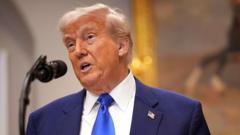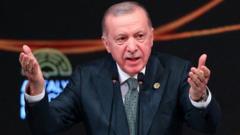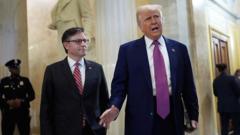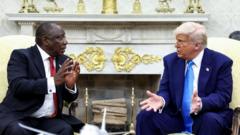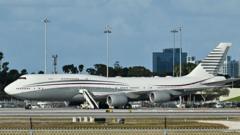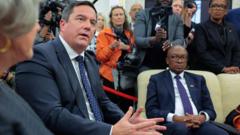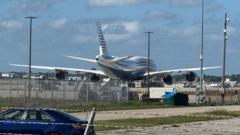NATO allies are exploring new avenues for defense funding, responding to Trump's call for heightened military spending. This may include nontraditional areas such as infrastructure improvements and cybersecurity enhancement.
NATO Revamps Defense Spending Amid Trump Pressure

NATO Revamps Defense Spending Amid Trump Pressure
As NATO faces pressure from Trump to increase military expenditures, member nations are redefining security spending.
In recent months, President Trump has amplified his demands for NATO allies to significantly boost their military spending, specifically urging them to allocate 5 percent of their national income to defense. Initially met with skepticism, European leaders are now evolving their approach to fulfill this request through innovative accounting methods.
A consensus is forming among NATO nations to widen the scope of military spending beyond conventional allocations for personnel and equipment. The suggested strategy proposes that member states target 3.5 percent of their GDP for traditional military expenses, alongside an additional 1.5 percent earmarked for nontraditional "defense-related" initiatives by the year 2032. Such initiatives could encompass enhancing transport infrastructure to accommodate military logistics, bolstering cybersecurity measures, and advancing technologies for communication and warfare.
The shifting landscape is largely influenced by growing concerns surrounding Trump's threats to reconsider American support for European defense unless they bolster their financial commitments. NATO Secretary General Mark Rutte voiced the necessity for a comprehensive approach to defense spending during a meeting with foreign ministers in Turkey. He highlighted the need for solid infrastructure capable of supporting military operations, quipping about the quality of European bridges, as issues of safe transit become crucial for military convoys.
The dialogue marks a pivotal transformation in NATO's defense budgeting, reflecting a growing realization of the importance of both traditional military capabilities and broader aspects of national security.


